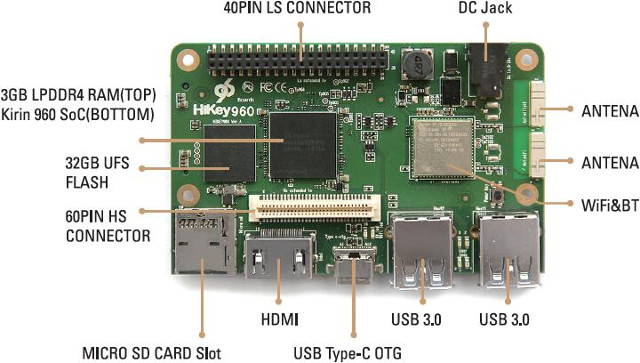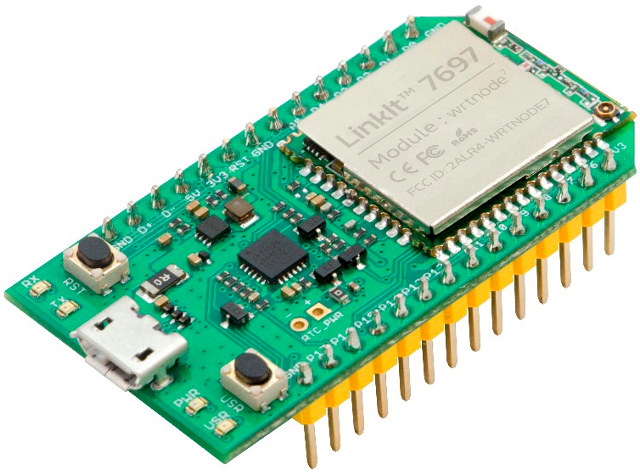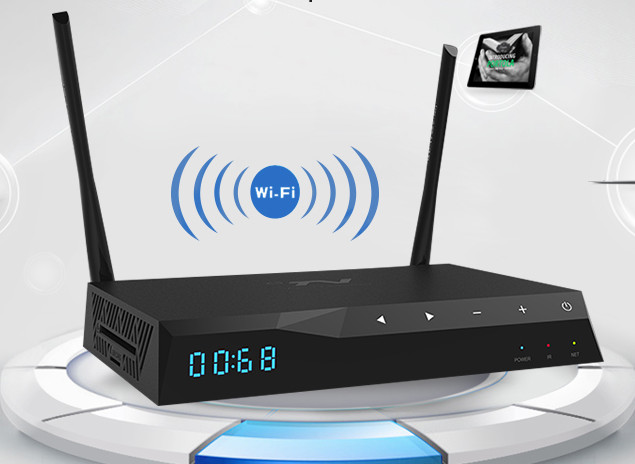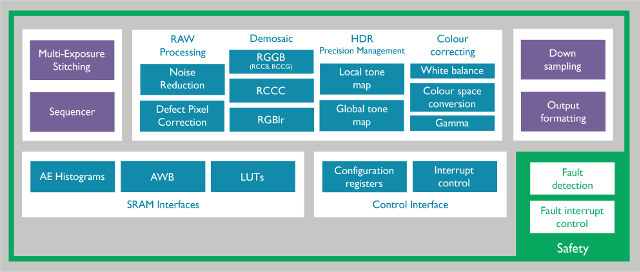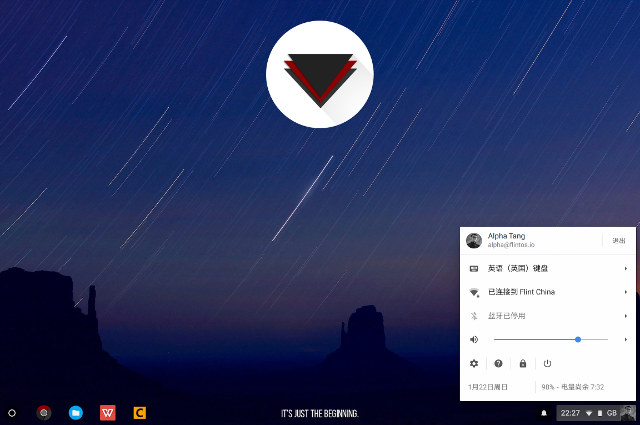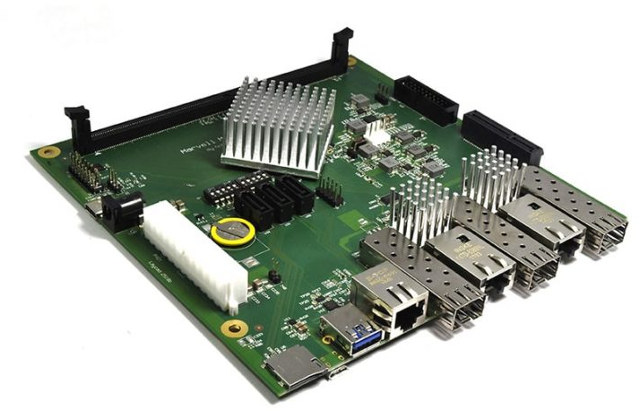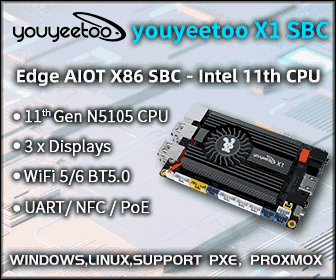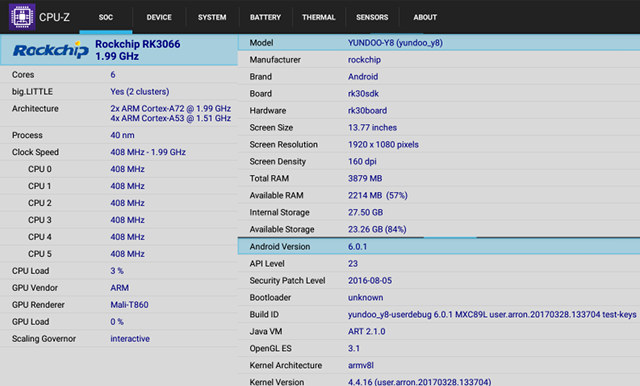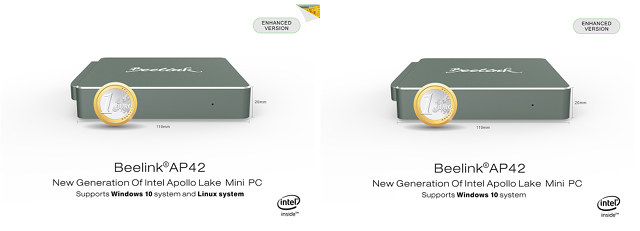The most powerful 96boards development board – HiKey 960 – has finally been launched, and can be purchased for $239 on Aliexpress, Amazon US, Switch Sense (Japan), Seeed Studio, or All Net (Germany). HiKey 960 specifications have not changed much since we found out about the board: SoC – Kirin 960 octa-core big.LITTLE processor with 4x ARM Cortex A73 cores @ up to 2.4 GHz, 4x Cortex A53 cores @ up to 1.8 GHz, and a Mali-G71 MP8 GPU System Memory – 3GB LPDDR4 SDRAM (PoP) Storage – 32GB UFS 2.1 flash storage + micro SD card slot Video Output / Display Interface – 1 x HDMI 1.2a up to 1080p, 1x 4-lane MIPI DSI connector Connectivity – Dual band 802.11 b/g/n/ac WiFi and Bluetooth 4.1 with on-board antennas USB – 2x USB 3.0 type A host ports, 1x USB 2.0 type C OTG port Camera – 1x 4-lane MIPI […]
$14 LinkIt 7697 Bluetooth 4.2 LE and WiFi IoT Board is Powered by Mediatek MT7697 ARM Cortex-M4 MCU
Mediatek Labs has launched a new IoT development, which on the surface looks similar to LinkIt Smart 7688 board, but the internal design is quite different as the MIPS processor and Linux OS, have been replaced by Mediatek MT7697 ARM Cortex-M4 processor running FreeRTOS, and beside WiFi, also includes support for Bluetooth 4.2 LE. LinkIt 7697 board specifications: Wireless SoC – Mediatek MT7697 ARM Cortex M4F MCU @ 192 MHz with 352KB RAM, 4MB flash, 802.11 b/g/n WiFi, Bluetooth 4.2 LE and a PMU Expansion – 2x 14-pin header with 18x GPIO, 2x UART, 1x I2C, 1x SPI, 18x PWM, 4x EINT, 4x ADC (0 to 2.5V), 1x IrDA, 1x I2S Debugging – 1x SWD, CP2102 UART to USB chipset Misc – Reset and user buttons; power and user LEDs Power Supply – 5V via micro USB port Dimensions – 48 x 26 mm The board can be programmed with […]
SDMC DV8230-AP LTE is an Android 7.0 TV Box with a 4G LTE Router Module
Shenzhen SDMC Technology launched DV8219-LTE Android TV box with 4G modem powered by Amlogic S905X processor a while ago, and the company is back with a new model called DV8230-AP LTE with the same processor, but running Android 7.0, and what they call a “4G LTE router function”. SDMC DV8230-AP LTE specifications: SoC – Amlogic S905X quad core Cortex A53 processor @ up to 1.5 GHz with a Mali-450MP GPU System Memory – 2GB DDR3 RAM Storage – 8GB eMMC flash (4 to 64GB as option) + micro SD card slot Video Output – HDMI 2.0a, 3.5mm AV port Audio Output – HDMI, AV, optical S/PDIF Connectivity 10/100M Ethernet port 802.11 b/g/n WiFi (Dual band optional) Optional Bluetooth 4.0 Built-in 4G Module + SIM card slot 2x dBi external antennas USB – 2x USB 2.0 ports Misc – IR receiver; LEDs; standby key; reset button; WPS button Power Supply – […]
ARM Introduces Mali-C71 ISP (Image Signal Processor) for Automotive Applications
A camera in an embedded system is normally connected to an ISP (image signal processing) block inside an SoC to handle the data coming from the sensor, and with recent cars now requiring more and more cameras for car DVRs, car parking systems, and self-driving vehicles, ARM has now unveiled Mali-C71 ISP specifically designed for automotive applications with support for 4 real-time cameras and 16 camera streams with a single pipeline. ARM explains that you can’t simply use smartphone cameras in automobile, as automotive requirements in terms of clarity and reliability are much more stringent. For example, Mali-C71 supports UWDR (Ultra-wide dynamic range) up to 24 stops, against 15 stops for the best DSLR cameras, which removes noise and process multiple exposures from the camera, and allows the processor/computer vision engine to detect objects such as a pedestrian, while others systems may not detect it. The image is also much […]
Flint OS is a Chromium OS Build for Raspberry Pi & Firefly-RK3288 Boards
Chromium OS for SBC aimed to bring Chromium operating systems to low cost development boards such as the Raspberry Pi 3 board, but the website is now down, and the developer announced he had stopped working on it several months ago due the hardware limitations of the Raspberry Pi 3 board. But others decided it was still worth the effort, and created Flint Innovation company (based in UK/China) to develop Flint OS, a build of Chromium OS with optimizations for Raspberry Pi 3 and Firefly-RK3288 boards with more boards likely coming soon. The developers also provide an x86 image, but after asking more details, it turns out they only changed the boot splash screen for now on the x86 image, with most of the early work done on Raspberry Pi board: At this moment our public Flint OS releases are still pretty much vanilla Chromium OS (we changed the boot […]
SolidRun MACCHIATOBin Mini-ITX Networking Board is Now Available for $349 and Up
SolidRun MACCHIATOBin is a mini-ITX board powered by Marvell ARMADA 8040 quad core Cortex A72 processor @ up to 2.0 GHz and designed for networking and storage applications thanks to 10 Gbps, 2.5 Gbps, and 1 Gbps Ethernet interfaces, as well as three SATA port. The company is now taking order for the board (FCC waiver required) with price starting at $349 with 4GB RAM. MACCHIATOBin board specifications: SoC – ARMADA 8040 (88F8040) quad core Cortex A72 processor @ up to 2.0 GHz with accelerators (packet processor, security engine, DMA engines, XOR engines for RAID 5/6) System Memory – 1x DDR4 DIMM with optional ECC and single/dual chip select support; up to 16GB RAM Storage – 3x SATA 3.0 port, micro SD slot, SPI flash, eMMC flash Connectivity – 2x 10Gbps Ethernet via copper or SFP, 2.5Gbps via SFP, 1x Gigabit Ethernet via copper Expansion – 1x PCIe-x4 3.0 slot, Marvell […]
Yundoo Y8 Rockchip RK3399 TV Box System Info and Benchmarks
Most 64-bit ARM processors found in TV boxes and mini PC features ARM Cortex A53 cores which are good enough to watch most videos, since video decoding is usually handled by the video processing unit. But if you want some more performance for games and web browsing, SoCs based on Cortex A72 or similar high performance ARMv8 cores would deliver much a much better experience in Android. The problem is that there aren’t many options with products such as NVIDIA Shield Android TV, and Xiaomi Mi Box 3 Enhanced. The former is potentially expensive depending where you live, and the later is targeted at the Chinese market and lacks an Ethernet port. Rockchip RK3399 SoC should fill the market void for people wanting to do more than just watching videos on their TV box, and since I’ve just received Yundoo Y8 TV box based on the processor, I’ve run some […]
Beelink AP42 Apollo Lake mini PC Linux Review with Ubuntu, KDE Neon, Elementary OS….
Beelink’s latest Intel mini PC offerings includes the AP34 and AP42 which are their first models using Intel Apollo Lake processors. The former uses an Intel Apollo Lake Celeron N3450 processor (burst frequency 2.2GHz, Intel HD Graphics 500 with Graphics Burst Frequency 700MHz and 12 Execution Units) while the latter uses the slightly more powerful Pentium N4200 (burst frequency 2.5GHz, Intel HD Graphics 505 with Graphics Burst Frequency 750MHz and 18 Execution Units). Both support Windows 10 (Home) and Beelink’s marketing claim they “support Linux system”. GearBest has given me the chance to review running Linux on the AP42 model so here are my findings. Normally I first make a disk image before booting Windows or installing Linux. However initial attempts at booting a Live USB with a variety of Linux systems failed so both the reseller and manufacturer were contacted for comment. Interestingly there was no immediate reply but early […]


